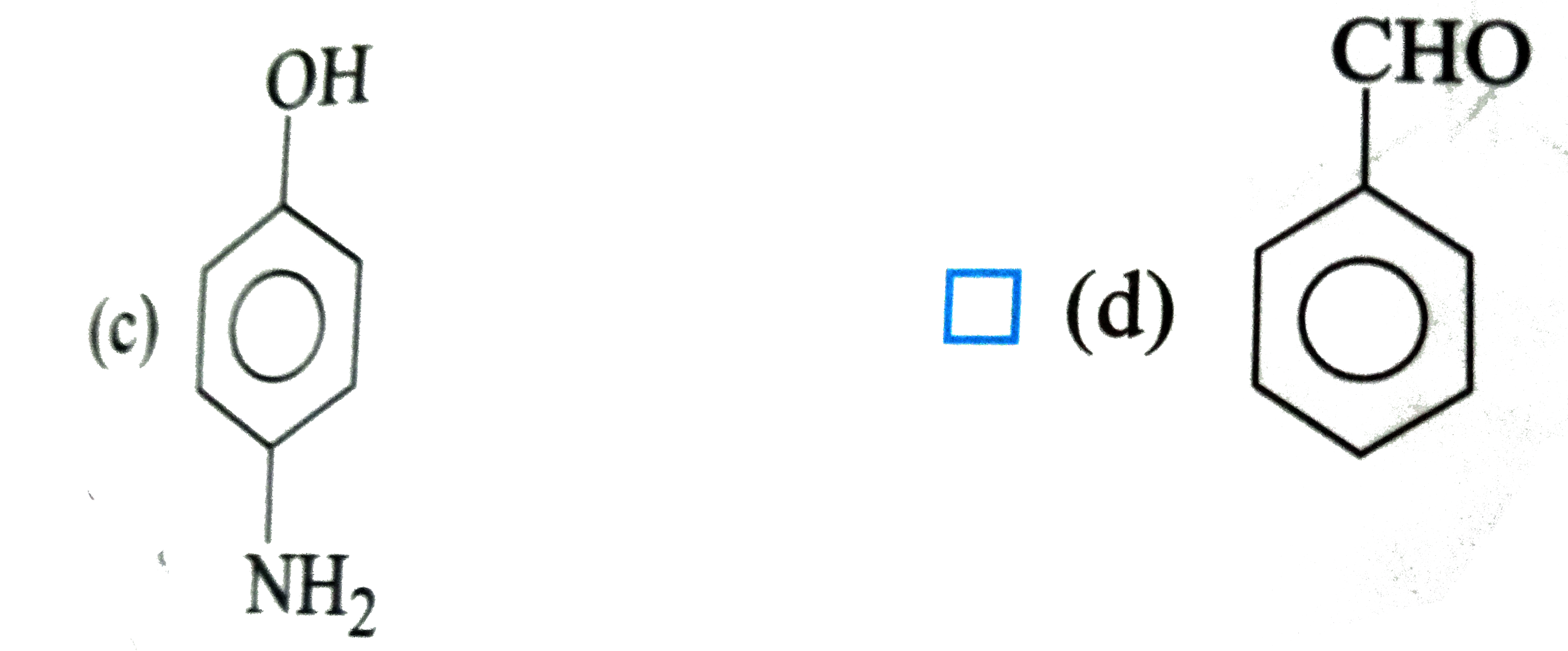Compound (A) racts with SOCl2 to give compound (B). The compound (B) reacts with Mg metal give Grignard's reagent , which is treated with acetone and product is hydrolysed to give 2-methyl-2-butanol . What is (A)?
CH3CH2OH
CH3CH2CH2OH
CH3OH
CH3COOH
The correct Answer is:A
To determine the compound (A) that reacts with SOCl₂ to yield compound (B), which subsequently forms a Grignard reagent and leads to the production of 2-methyl-2-butanol, we can follow these steps:
1. Identify the Final Product: The final product given is 2-methyl-2-butanol. This is a tertiary alcohol, which means it has a carbon atom bonded to three other carbon atoms.
2. Understand the Grignard Reaction: The Grignard reagent is formed by the reaction of an alkyl halide (compound B) with magnesium metal. The Grignard reagent then reacts with acetone to produce the tertiary alcohol.
3. Determine the Structure of Compound B: Since the final product is 2-methyl-2-butanol, we can deduce that the Grignard reagent must have come from an alkyl halide that, when reacted with acetone, would yield this product. The alkyl halide should be ethyl chloride (C2H5Cl), which is the result of the reaction of compound A with SOCl₂.
4. Identify the Reactant for SOCl₂: To produce ethyl chloride (C2H5Cl) from SOCl₂, the starting compound (A) must be an alcohol. The alcohol that would yield ethyl chloride upon reaction with SOCl₂ is ethanol (C2H5OH).
5. Confirm the Reaction Sequence:
- Ethanol (C2H5OH) reacts with SOCl₂ to produce ethyl chloride (C2H5Cl).
- Ethyl chloride then reacts with magnesium to form the Grignard reagent (C2H5MgCl).
- The Grignard reagent reacts with acetone (CH3COCH3) to yield 2-methyl-2-butanol after hydrolysis.
6. Conclusion: Therefore, the compound (A) is ethanol.
Final Answer:
Compound (A) is ethanol (C2H5OH).
- Ethanol (C2H5OH) reacts with SOCl₂ to produce ethyl chloride (C2H5Cl).
- Ethyl chloride then reacts with magnesium to form the Grignard reagent (C2H5MgCl).
- The Grignard reagent reacts with acetone (CH3COCH3) to yield 2-methyl-2-butanol after hydrolysis.
Compound (A) is ethanol (C2H5OH).
Topper's Solved these Questions
- ALCOHOL,PHENOLS AND ETHERS Book:MARVEL PUBLICATIONChapter:ALCOHOL,PHENOLS AND ETHERS Exercise:Test your Grasp : Alcohols and Phenols
Explore 40 Videos
- ALCOHOL,PHENOLS AND ETHERS Book:MARVEL PUBLICATIONChapter:ALCOHOL,PHENOLS AND ETHERS Exercise:Test your Grasp : Ethers
Explore 30 Videos
- ALDEHYDES,KETONES AND CARBOXYLIC ACIDSBook:MARVEL PUBLICATIONChapter:ALDEHYDES,KETONES AND CARBOXYLIC ACIDSExercise:CARBOXYLIC ACIDS
Explore 198 Videos
Similar Questions
A compound (A) reacts with thionylchloride to give a compound (B). (B) reacts with magnesium to form a Grignard reagent which is treated with acetone and the product is hydrolysed to give 2-methyl butan-2-ol. What are the structural formulae of (A) and (B) ?
View SolutionAn organic compound A reacts with PCl5 to give compound B. Compound B reacts with Na/ether to give n-butane. What are compounds A and B ?
View Solution
Knowledge Check
An organic compound A reacts with PCl5 to give compound B. Compound B reacts with Na/ether to give n-butane. What are compounds A and B ?
AC2H5OH and C2H5ClBC2H5Cl and C2H5ONaCC3H7OH and C3H7ClDC4H9OH and C4H9ClAn organic compound A reacts with PCl5 to give compound B. Compound B reacts with Na/ether to give n-butane. What are compounds A and B ?
AC2H5OHandC2H5ClBC2H5ClandC2H5ONaCC3H7OHandCH3CH2CH2OClDC4H9OHandC4H9OClAmong the following compounds, which will react with acetone to give product
 AC6H5NH2B(CH3)3NCC6H5NHC6H5DC6H5NHNH2
AC6H5NH2B(CH3)3NCC6H5NHC6H5DC6H5NHNH2
An organic compound 'A' (C3H6O) is resistant to oxidation but forms compound 'B' (C3H8O) on reduction. 'B' reacts with HBr to form the compound 'C' .'C' with Mg forms Grignard's reagent 'D' which reacts with 'A' to form a product which on hydrolysis gives 'E'. Identify 'A' to 'E'.
View SolutionCompound A an hydrohalogenation gives B, which is treated with alc. KCN and followed by acid hydrolysis gives 2- methyl butanoic acid.
The compound A will be
View SolutionA compound is treated with NaNH2 to give sodium salt. Identify the compound
View SolutionCyclic ester (A) reacts with methyl alcohol to give (B)

What is the compound (B)?
View SolutionCompound A on elimination gives 2-methyl 2-butene. The compound A is
View Solution